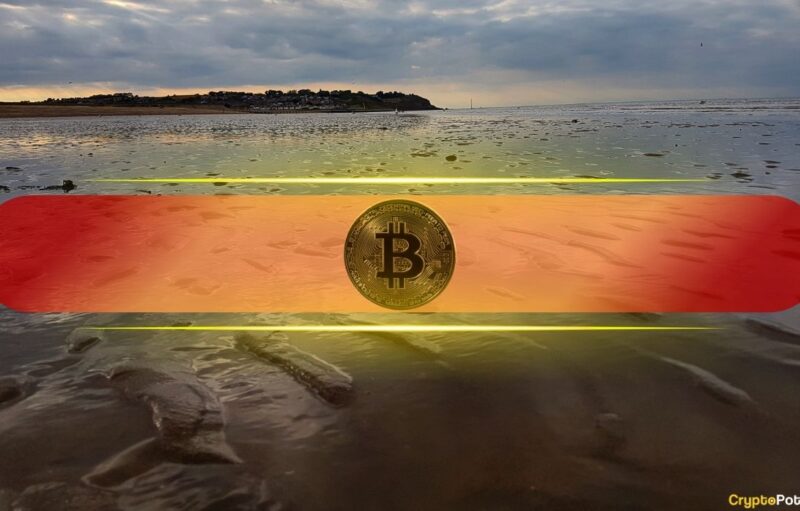
With the long-awaited Istanbul hard fork now live on the Ethereum blockchain, the network will undergo an emergency hard fork in two weeks to resolve an old issue that seems to be pressurizing the entire ecosystem.
The Istanbul update aims to solve issues like rebalancing gas costs, more privacy, and interoperability with cryptocurrencies like Zcash. You can read what to expect from the latest improvements here.
While the Istanbul hard fork introduces new features, Ethereum developers made a surprising mistake by not considering a very important feature on the network called “Ice Age” or “Time/Difficulty Bomb” before implementing the latest updates. This awkward situation will now lead to an unplanned hard fork in two weeks, or the Ethereum blockchain would become extremely slow to crawl as well as experience other unpredictable problems.
What is Ice Age, and why is it important?
Ethereum’s Ice Age is a feature that adjusts the mining difficulty of the network. The Ice Age increases the difficulty every 100,000 blocks, making it impossible for miners to adapt to the increasing difficulty level, and this will ultimately lead to slower block time, which would freeze the entire networks over time.
The Ice Age was initially implemented to ensure that there is consensus in the ecosystem on future hard forks that would lead to the transition from a Proof of Work (PoW) to a Proof of Stake (PoS) mining system.
With every hard fork that is implemented in the Ethereum network, the Ice Age is usually pushed further to make the blocks fast again. Unfortunately, none of the devs remembered this essential feature during the Istanbul hark fork.
Unplanned Hard Fork: Muir Glacier
To salvage the situation and to prevent its unpredictable effect of the Ice Age on the entire network, an emergency hard fork called Muir Glacier will be carried out within the next two weeks, between late December 2019 and early January 2020.
The sole purpose of this hard fork is to push the Difficulty Bomb further to not only make the block times fast again but also to give Ethereum devs enough time to either update the Ice Age so that its behavior becomes predictable or remove it from the network altogether.
Conducting absolute changes on blockchain networks, especially one as big as Ethereum, is not an easy task, and it usually requires several months of planning. However, with limited time and the increasing difficulty of the blocks, ETH devs have less than three weeks to conduct the Muir Glacier hard fork on the network.
Tweeting about the issue, popular Bitcoiner, Udi Wertheimer, did not fail to use the opportunity to express his disappointment on the Ethereum project.
“When your ‘decentralized’ network moves to a non-emergency schedule of one hard fork every three weeks, you’ve reached the absurd. You jumped the shark. There’s no excuse to this, and people should be talking about it,” Udi said, concluding his Twitter thread on the matter.
Proof of Stake: A Multi-Level Marketing Scheme?
With the Ethereum ecosystem almost at the final stage of its transition from PoW to PoS, some experts seem to think that Proof of Stake is a bad idea and should be avoided.
The PoS consensus seeks to resolve issues like the environmental unfriendliness of PoW mining as well as the unbalanced distribution of wealth and mining power in the Proof of Work system.
With PoS, the average person will be able to participate in the mining operation because, to mine, miners don’t need to spend heavily on mining rigs and electricity; instead, miners are required to own a certain amount of ETH which will be staked during the mining process.
Even though many believe that PoS will increase the number of participants in the mining environment, making the Ethereum ecosystem more decentralized, Tuur Demeester, the Founding Partner of Adamant Capital, believes that PoS is similar to a multi-level marketing scheme where new participants usually suffer, and those at the top enjoy the benefits.
According to him: “Imo’ Proof of Stake’ is very close to a multi-level marketing scheme: new entrants are charged an inflation tax that subsidizes participants higher up the chain, and the people higher up decide on the fate of the enterprise.
You might also like:
The post appeared first on CryptoPotato






